The Knuckles Mountain Range
Breathtaking Climbs
The Knuckles Mountain Range is one of the least explored areas by tourists in Sri Lanka. You will be rewarded with spectacular scenery and authentic villages. The Knuckles Mountain Range is located towards the North East of the city of Kandy. The name derives from its shape of a clenched fist and it offers one of the most breathtaking climbs among the Sri Lankan hill country. A paradise for those who love to hike, the range offers numerous mountainous trails that journey across clear rivers, through dense forests, past flowing waterfalls, lush tea plantations, paddy fields and traditional small mountain villages.
The Knuckles Range is characterised by its striking landscapes often robed in thick layers of cloud. The area comprises of 34 clearly identified ranges within 62 square miles, and 3000-6500 feet in height. In addition to its aesthetic value, the range is of great scientific interest. It is a climatic capsule of the rest of Sri Lanka. The conditions of all the climatic zones in the country are exhibited here. Its forested peaks harbour a variety of flora and fauna, some of which cannot be found anywhere else in the world. Although the range constitutes approximately 0.03% of the island’s total area it is home to a significantly higher proportion of the country’s biodiversity. The Knuckles Range has been declared a ‘National Heritage and Wilderness Area’.
The Knuckles Mountain Range (also known as the Dumbara Kanduvetiya or ‘Mist-laden Mountain Range’) is a stunning natural wonder and major eco-tourism destination located in the Central Highlands of Sri Lanka.
Here is a summary of its key features and tourist information:
Key Features
- Name Origin: It is named for its series of peaks and folds that, when viewed from certain locations, resemble the knuckles of a clenched fist.
- Location: Situated in the districts of Kandy and Matale, approximately 35 km east of the city of Kandy.
- UNESCO World Heritage Site: The Knuckles Conservation Forest is part of the Central Highlands of Sri Lanka UNESCO World Heritage Property, recognized for its extraordinary biodiversity and montane forests.
- Biodiversity Hotspot: The range is a significant biodiversity hotspot and a climatic microcosm of the entire island. It is home to a high proportion of Sri Lanka’s endemic flora and fauna, including rare birds, amphibians (like the Kirthisingha’s Rock Frog), and reptiles (like the Leaf-nosed Lizard). The forest contains a variety of ecosystems, including cloud forests, tropical rainforests, and unique grasslands called Pitawala Patana.
- Peaks: The range features over 34 peaks, with some of the main ones being Gombaniya, Kirigalpottha, Knuckles, Koboneelagala, and Dotulugala.
Tourism and Trekking
The Knuckles Mountain Range is renowned for its excellent trekking, hiking, and camping opportunities, catering to various fitness levels. It is generally not possible to trek in the Knuckles without a local guide.
Popular Trails and Activities:
- Mini World’s End: A dramatic cliff offering panoramic views of the mountains and valleys. The trek is typically moderate and takes about 2-3 hours round trip.
- Nitro Caves Trail: A more challenging hike that passes through thick forests and leads to a massive cave inhabited by thousands of bats.
- Dothalugala Nature Trail: A picturesque trail starting from the Knuckles Conservation Centre (KCC).
- Corbett’s Gap: A popular spot known for 360-degree views of the surrounding area, often visited for sunrise or sunset. The trail here is relatively easy.
- Waterfalls: Visitors can hike to scenic waterfalls like Duwili Ella (challenging trail) and Sera Ella Falls (easier access with a cave behind the cascade).
- Rural Village Walks: Opportunities for cultural interaction by visiting remote traditional villages like Meemure.
- Trekking Duration: Guided treks can range from easy half-day or full-day hikes to challenging multi-day treks with camping.
Best Time to Visit:
- The best time for trekking is during the dry months, from December to March, when the weather is clearer and the trails are safer.
- The monsoon season (May to September) brings heavy rainfall, which can make trails slippery and increase the presence of leeches.
Logistics and Tips:
- Access: The most convenient base for travelers to start a trek is usually the city of Kandy, which is about an hour’s drive away from the range’s approach points like Hunnasgiriya or Corbett’s Gap.
- Accommodation: Lodging in the area is remote and often consists of mountain bungalows or simple huts, which many tour operators can arrange.
- Preparation: It is highly recommended to wear covered, decent walking shoes and bring leech socks or Dettol, as leeches can be active, especially on rainy days.
Local Hotels
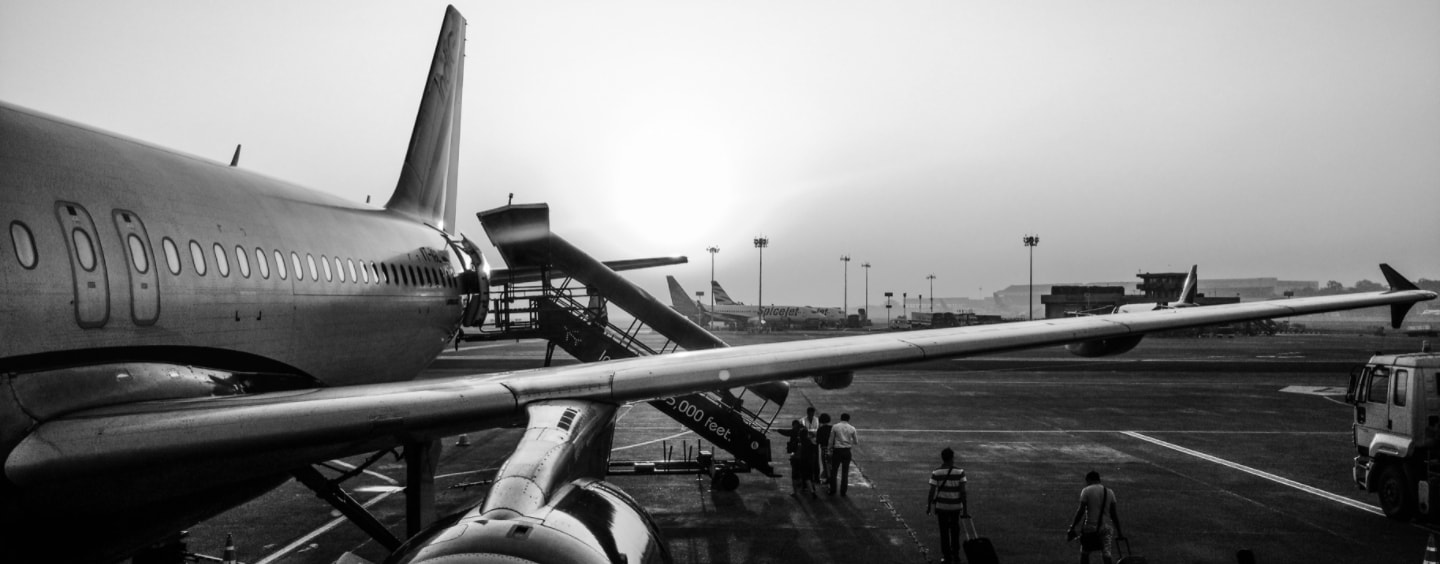
Unsure Where To Start?
Let’s talk about your Earth Trip


Our travel specialists are seasoned explorers with deep local insights. Whether it’s uncovering hidden gems or planning immersive cultural experiences, we design trips that go beyond the ordinary. Get in touch today!
Request A Video MeetingOther Popular Experiences








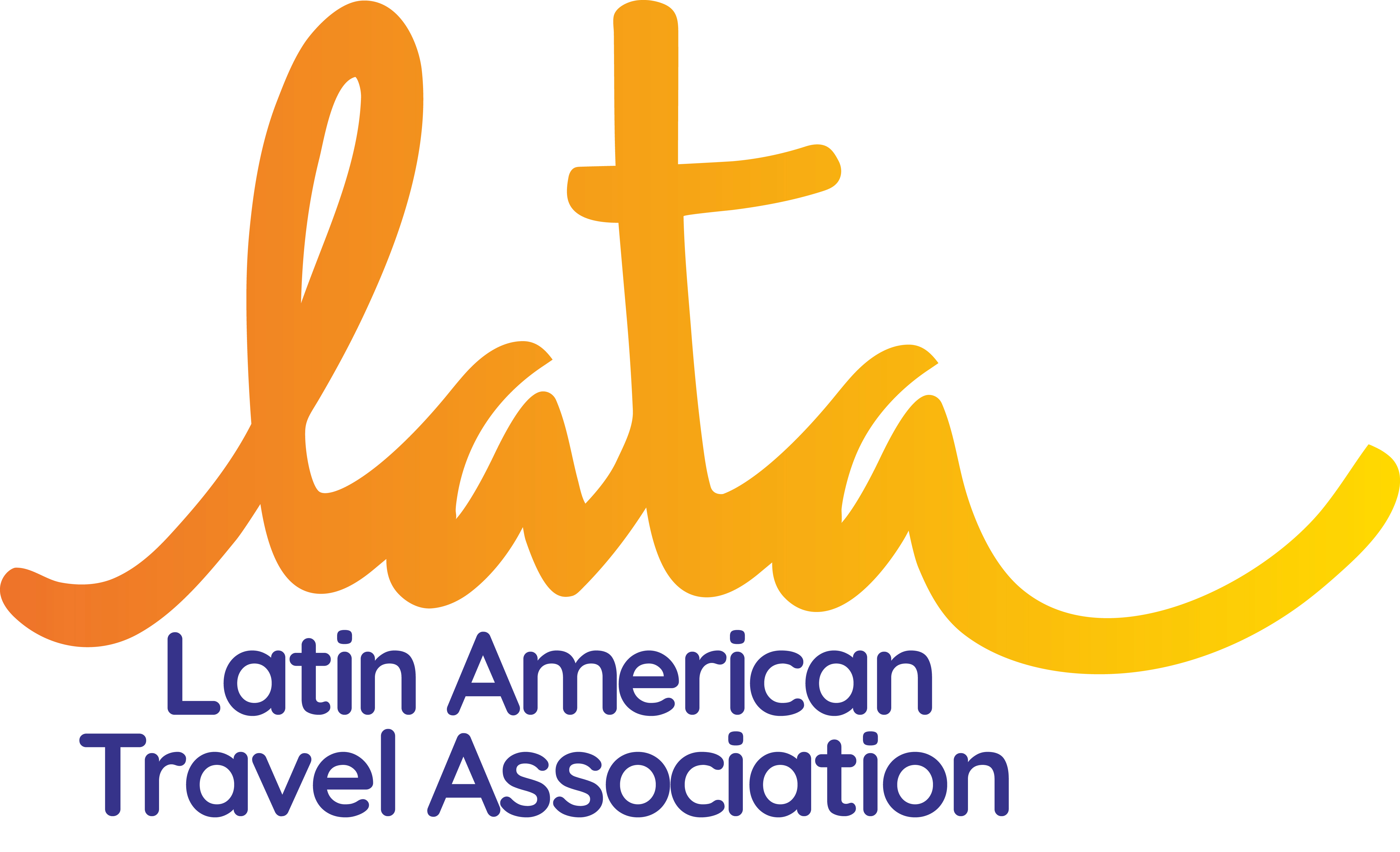

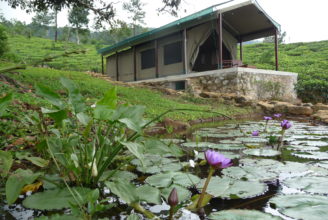

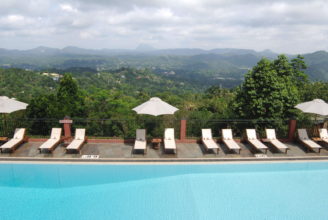
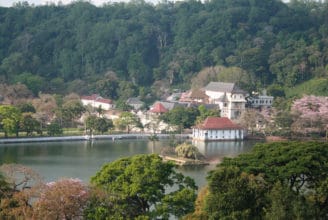
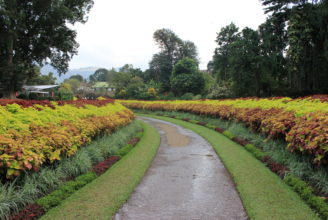
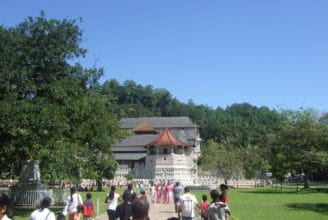
 The Knuckles Mountain Range
The Knuckles Mountain Range